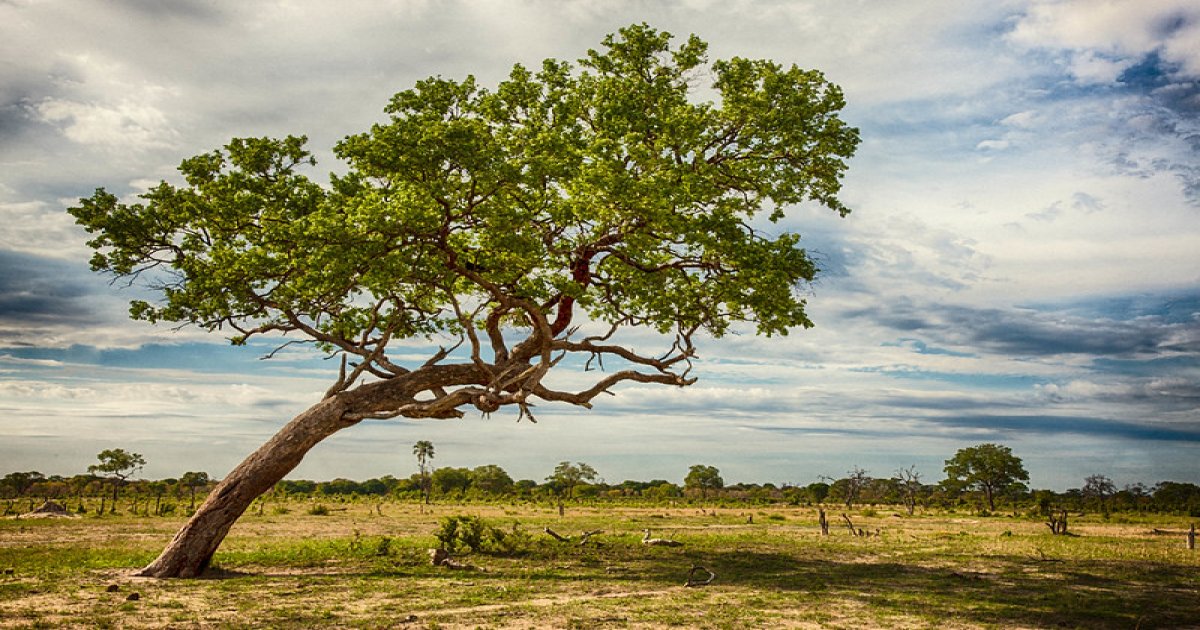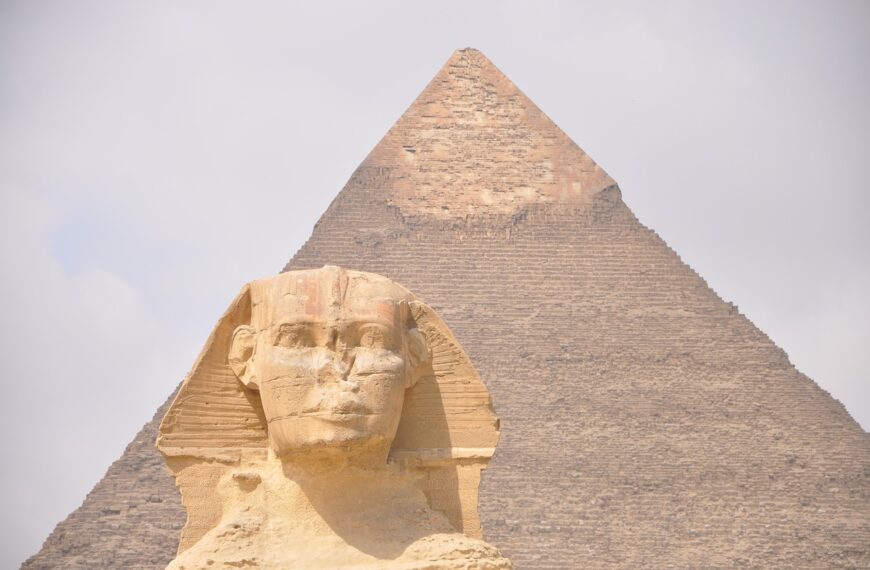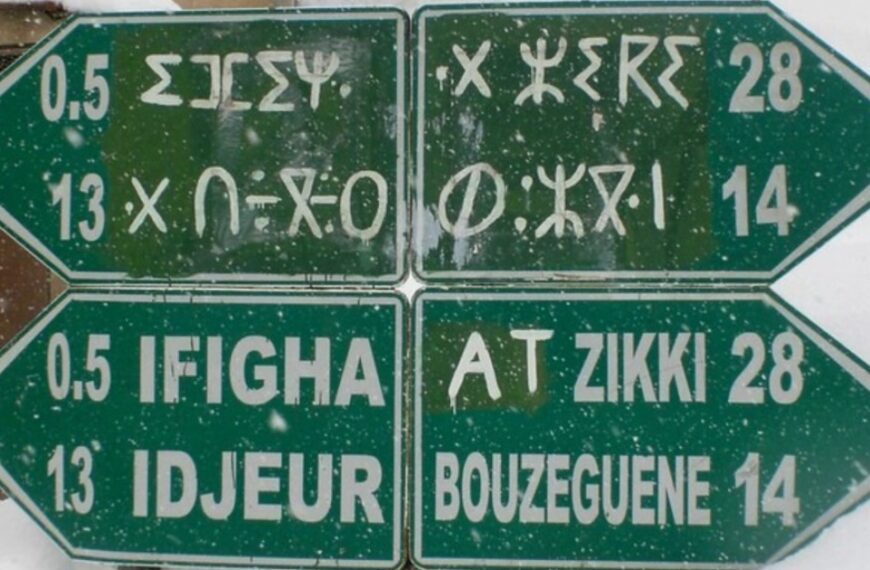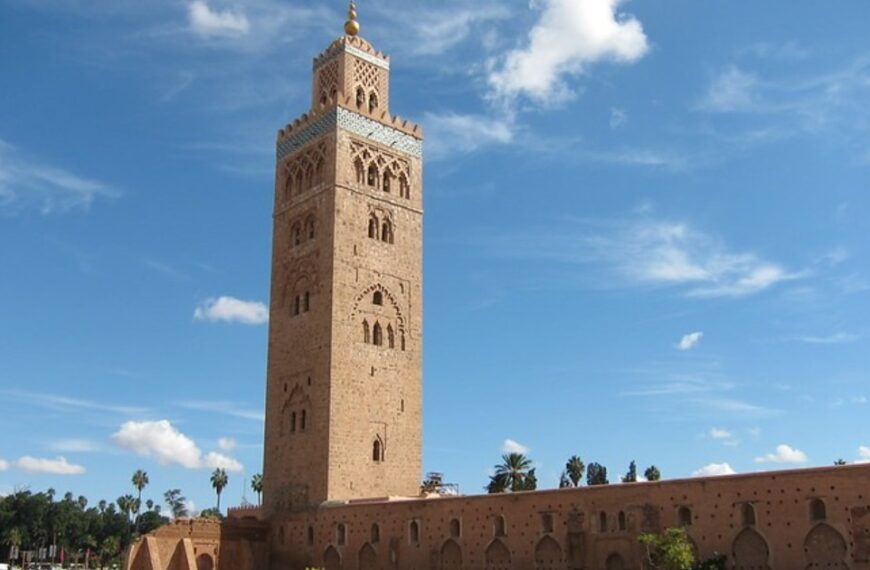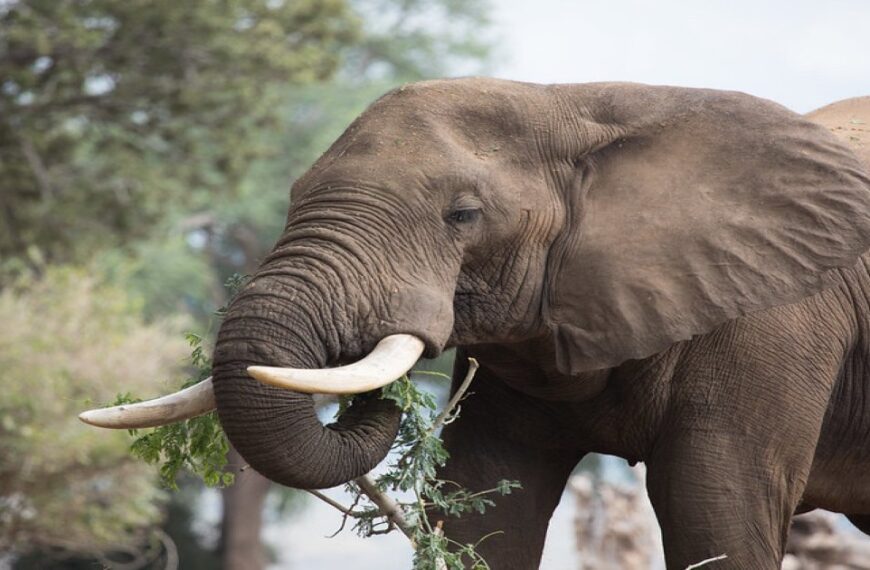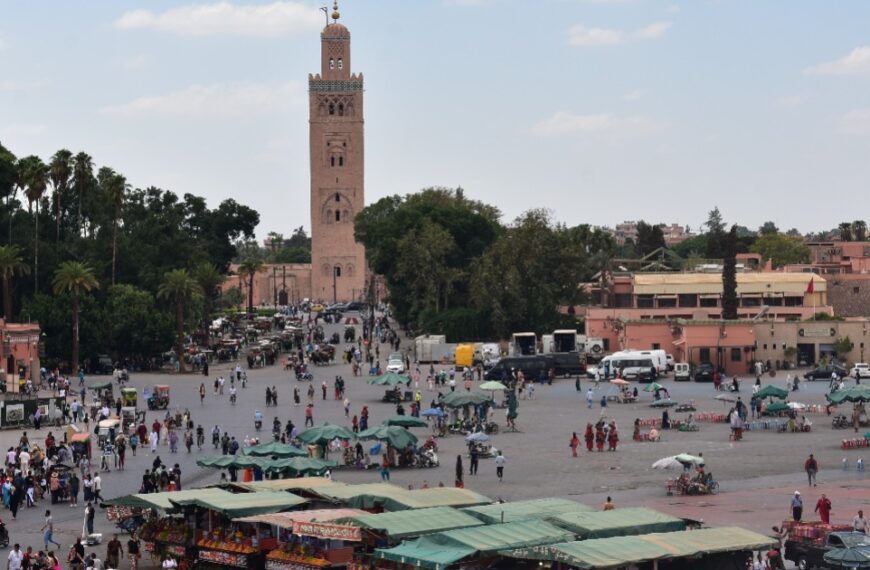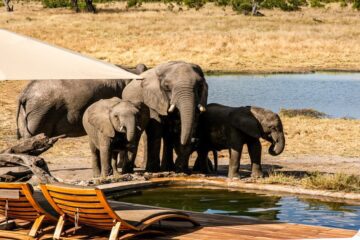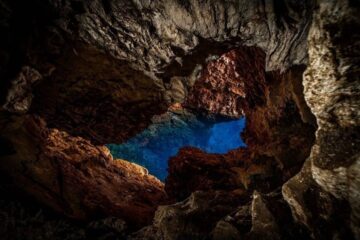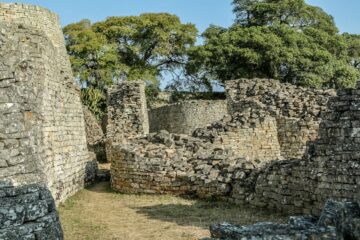Before political unrest tarnished its image, Zimbabwe was a tourist destination in southern Africa. The tourist industry, which had been in decline, seems to be rising like a phoenix from the ashes in recent days as political stability returns to the country.
This is to be anticipated since Zimbabwe is a country brimming with spectacular old medieval ruins, a wide variety of animal and plant life, and awe-inspiring natural scenery.
Visit Victoria Falls
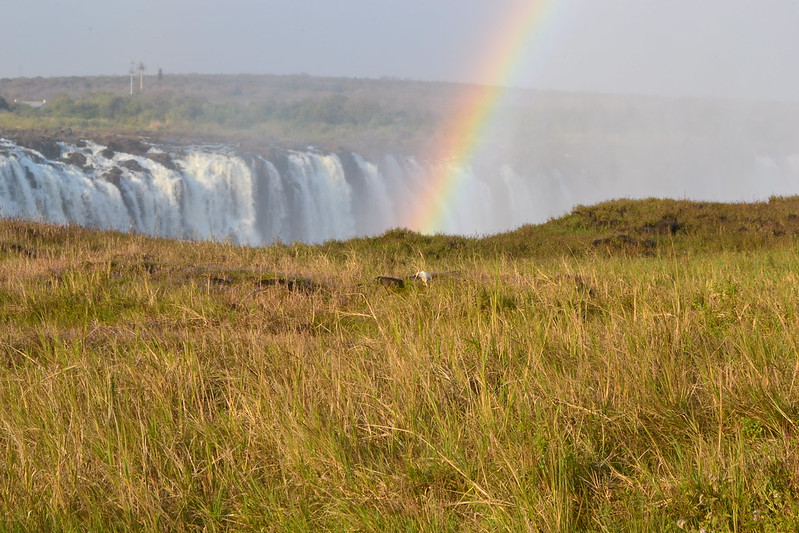
Victoria Falls is often regarded as Africa’s most recognizable waterfall. Indeed, it ranks among the world’s most impressive waterfalls.
These falls, which can be found on the Zambezi River between Zambia and Zimbabwe, are quite breathtaking. Here, a sheet of water 108 meters (354 feet) high and 1708 meters (5604 feet) long cascades over a cliff, causing an almighty ruckus.
This natural phenomenon creates a mist that may be seen clearly from more than 30 miles away. It’s perhaps for this reason that the people have given it the fitting name Mosi-oa-Tunya, which translates to “The Smoke That Thunders.”
Explore Zambezi River
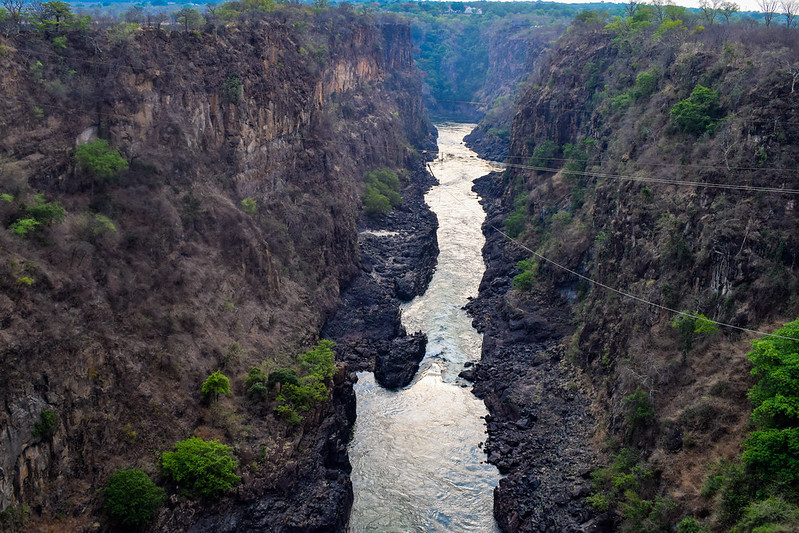
Zimbabwe’s Victoria Falls is connected to the Zambezi since it is located on the river.
The Zambezi River is not only important because it is the source of these magnificent waterfalls but also because of its significance. It’s the biggest river in Africa that empties into the Indian Ocean, and it’s the fourth-longest river in Africa overall. It begins in the rain-soaked Congo Basin and winds its way through six different African nations before finally reaching the Atlantic.
Tigerfish fishing, whitewater rafting, and wildlife watching are just a few of the many magnificent and entertaining things to enjoy here.
Visit The Great Zimbabwe Ruins

We can’t pass up a chance to see ancient and medieval ruins while in Zimbabwe. You should not leave Zimbabwe without seeing the Great Zimbabwe Ruins.
It is estimated that the Great Kingdom of Zimbabwe, of which the Ruins are remnants, flourished between the 11th and 15th centuries AD. This ancient city was a major commercial hub, as shown by the presence of Chinese porcelain and East African Arab coinage.
The vast enclosure, the valley, and the hill complex are the three primary sections of the remains.
Pay A Visit To Kariba Lake
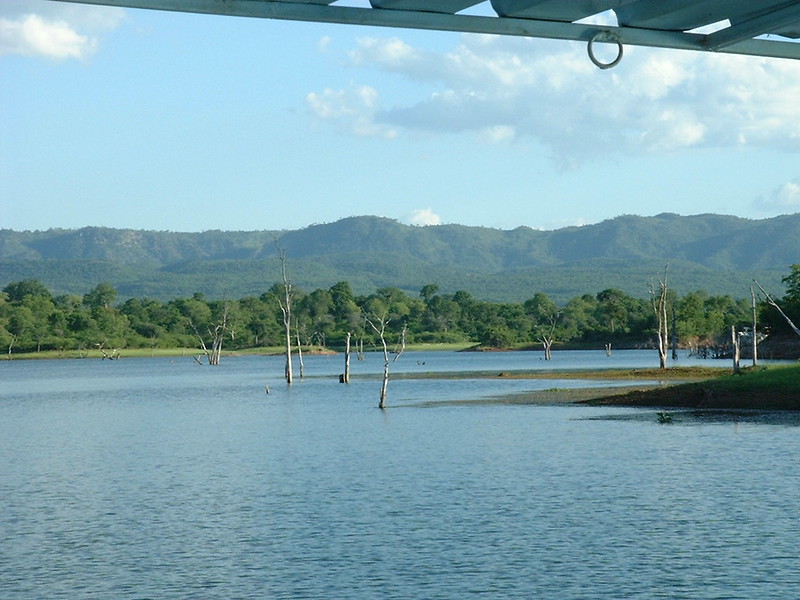
Among the many activities to do in Zimbabwe, seeing the Kariba Dam is a must. The Kariba dam, built in 1959 for energy production, blocked the flow of the Zambezi River, creating the artificial reservoir known as Lake Kariba.
Lake Kariba is, without a doubt, the biggest manmade lake in the world. With a length of 140 miles and a width of 25 miles, it is a sizable area. Visit the lake’s southern bank to go houseboating, fish for tiger fish, participate in watersports, and see local animals.
Spend Time In Chinhoyi Caves National Park
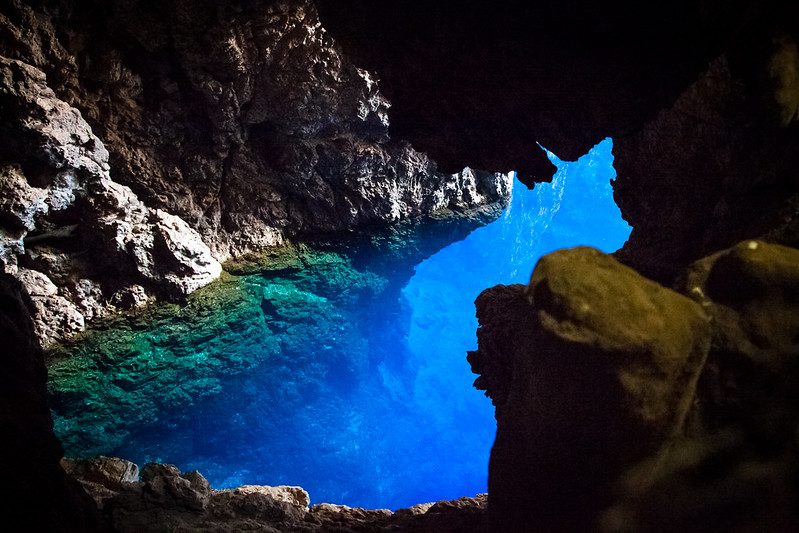
In all of Zimbabwe, your trip to Chinhoyi Caves National Park will be the most mystical and enigmatic.
The Chinhoyi caverns are a network of caves and tunnels made of limestone and dolomite, approximately 135 kilometers (84 miles) from Harare, the country’s capital. The caves’ main feature is a crystalline blue lake lying 50 meters below ground.
The name of the caves stems from the fact that they served as a safe haven for Chief Chinhoyi and his people during an attack by a neighboring tribe. Visitors may scuba dive in the still pool once they’ve finished exploring the subterranean cave system.
Stop By Hwange National Park
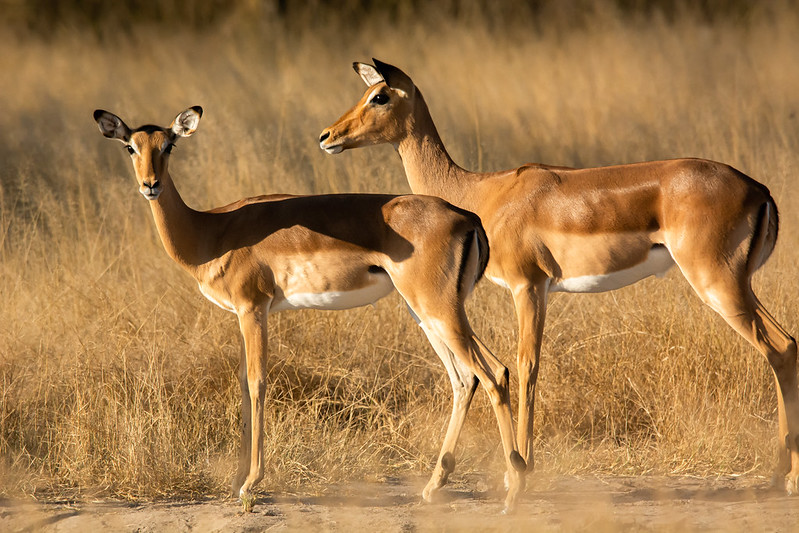
Hwange National Park, Zimbabwe, is home to a group of African elephants at a watering hole.
It is a must-see on any trip to Zimbabwe. Hwange is the largest park in Zimbabwe and among the 10 largest on the African continent, with a total area of 5,655 square miles.
About 400 kinds of birds and more than 100 species of animals make their home in this region, which straddles the border between Zimbabwe and Botswana. The park is especially noteworthy because it is home to a sizable number of elephants—roughly 40,000 at last count.
Discover The City of Bulawayo
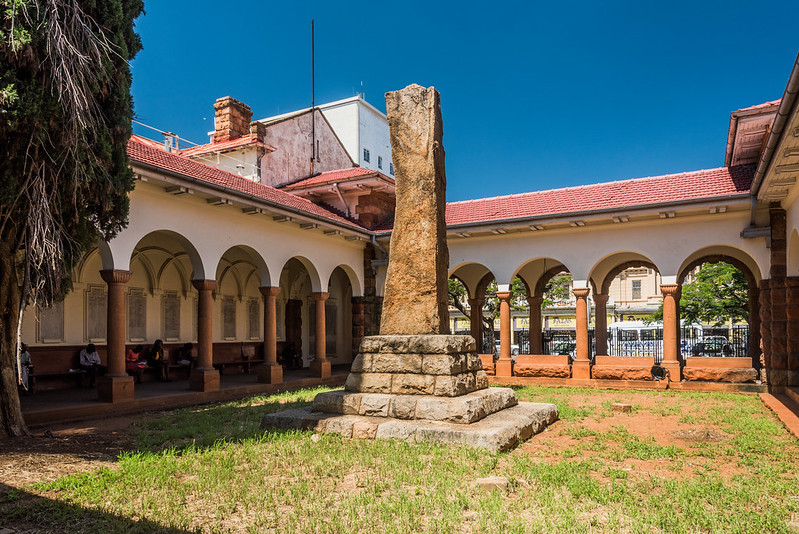
You may be wondering, “Why is this city considered one of Zimbabwe’s best tourist spots?”
Well, Bulawayo is a city with a deep urban culture and historical significance. After the Matabele conflict, the British took control of the city that had been founded by the Ndebele monarch Lobengula in the middle of the nineteenth century. Walking along the well-kept, flower-lined streets of Bulawayo, where many buildings date back to the colonial period, is like taking a trip through time.
Visit the Bulawayo Railway Museum, the Chipangali Wildlife Orphanage, Nesbitt Castle, and the Hillside Dams Conservancy while you’re there.
Go To Mana Pools National Park
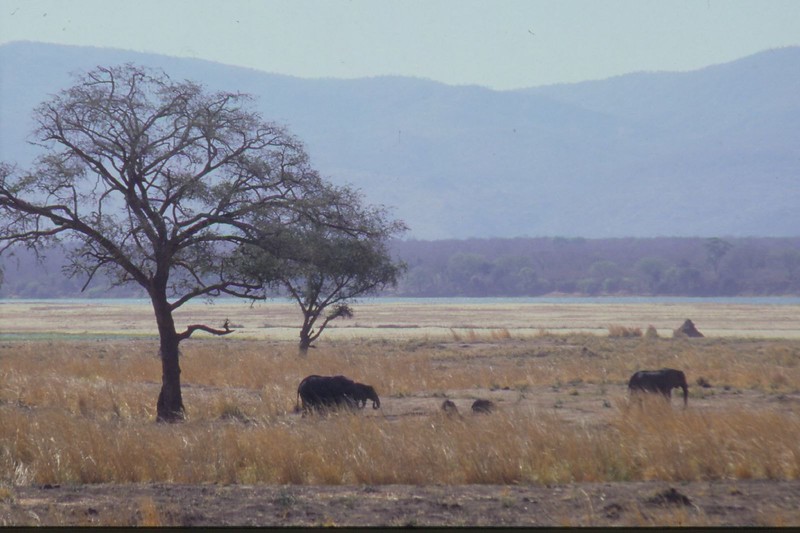
Mana Pools is a Shona phrase that translates to “four pools.” Around four inland lakes formed by the Zambezi River on its way to the Indian Ocean are where the park’s biodiversity may be found.
You won’t see the same animals here that you would in other parks, such as hippos, crocodiles, elephants, or zebras. You need a license from the government before you may fish for tiger fish, bream, or vundu.
Visit Matobo National Park
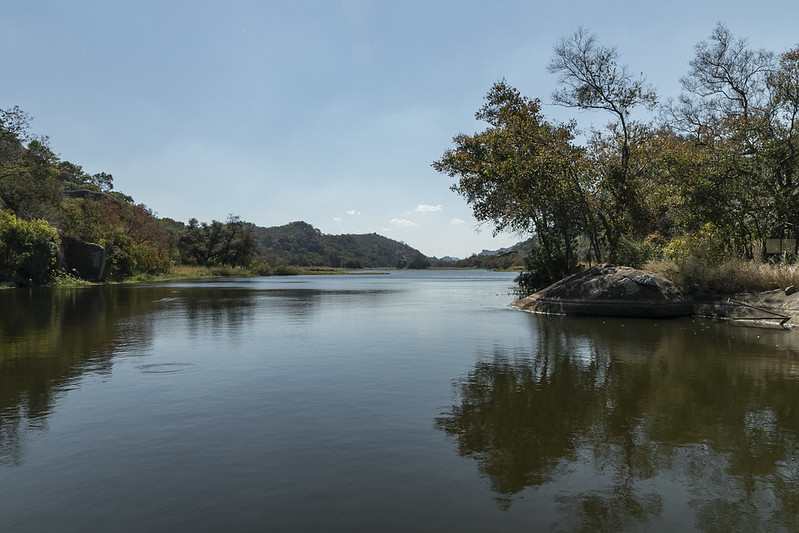
Matobo National Park is not like any other national park since it also has several archaeological sites and cultural artifacts. The gigantic granite boulders that appear to float atop one another are the main attraction of this UNESCO World Heritage Site.
Rock art, attributed to prehistoric ancient Bushmen, can be found in several of these areas. You may anticipate having a pleasant hiking trip in Matobo Recreational Park.
Explore Khami Ruins
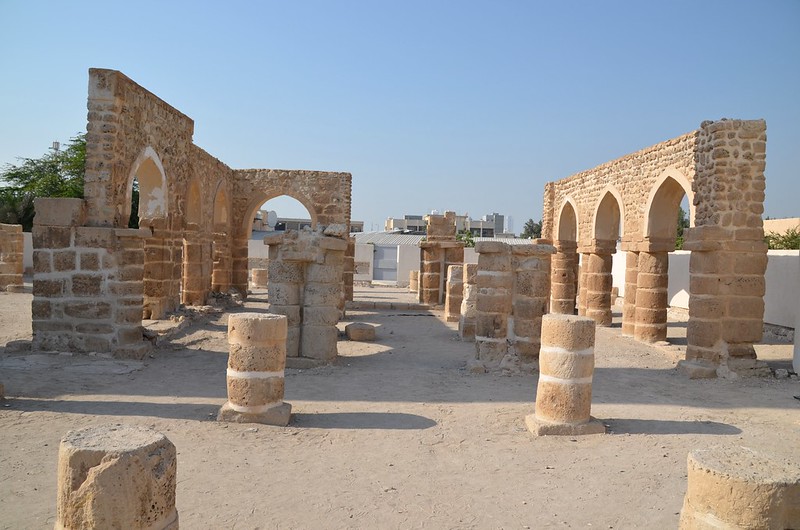
The Khami Remains National Monument, situated just 22 kilometers (14 miles) from the city of Bulawayo, attests to the fact that Zimbabwe is the site of the most famous medieval remains in all of Africa.
This archaeological site may lack the grandeur of the ruins in Zimbabwe, but it is still rather remarkable. The Torwa dynasty’s capital of Khami was established between 1450 and 1650, only to be abandoned when the Ndebele invaded in the 19th century.

